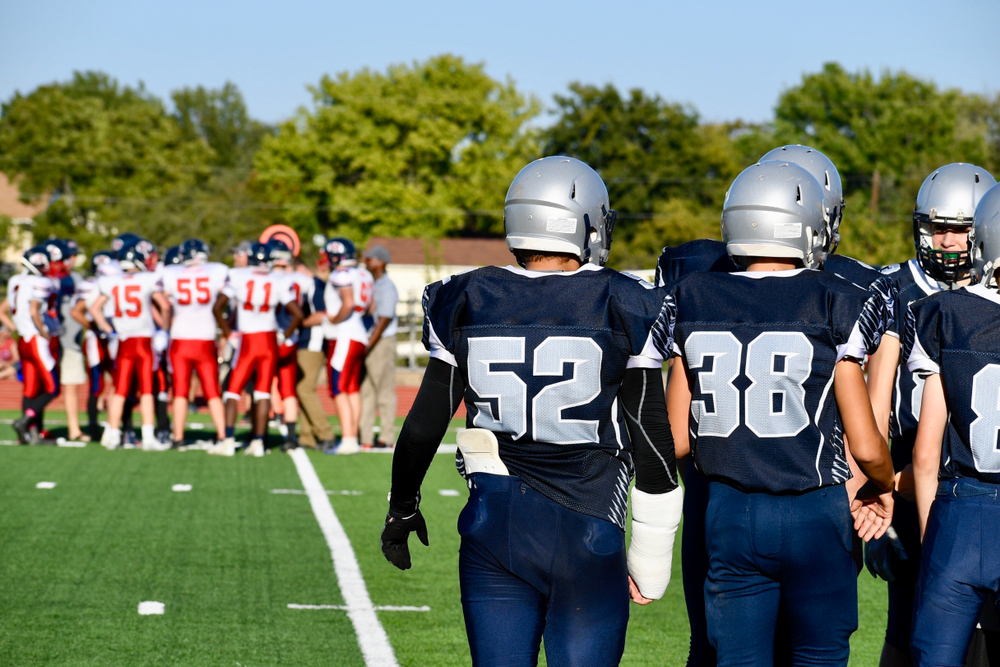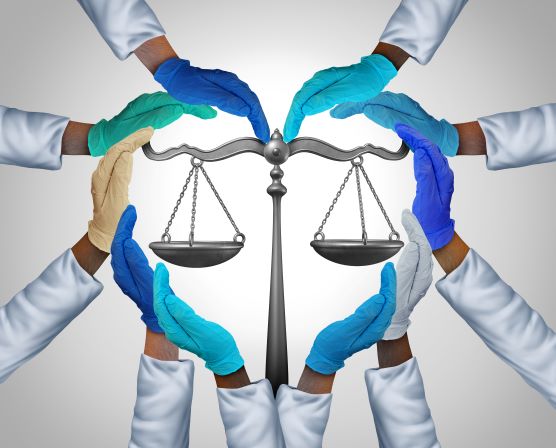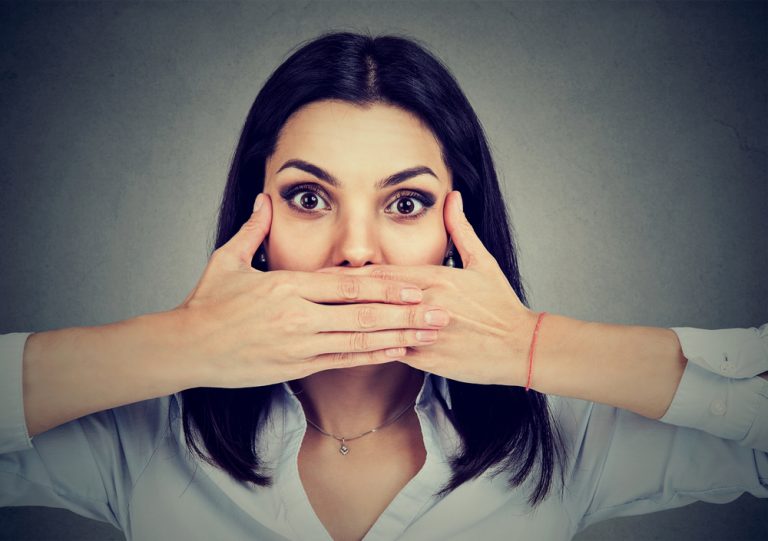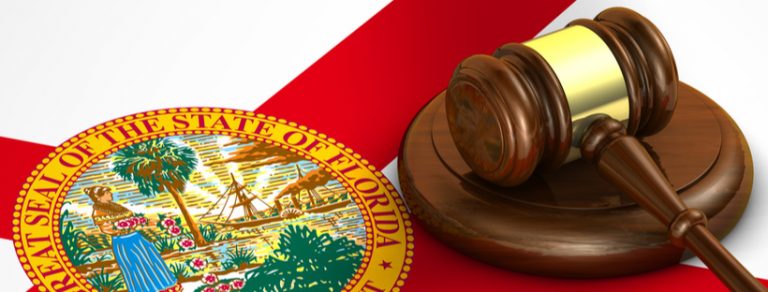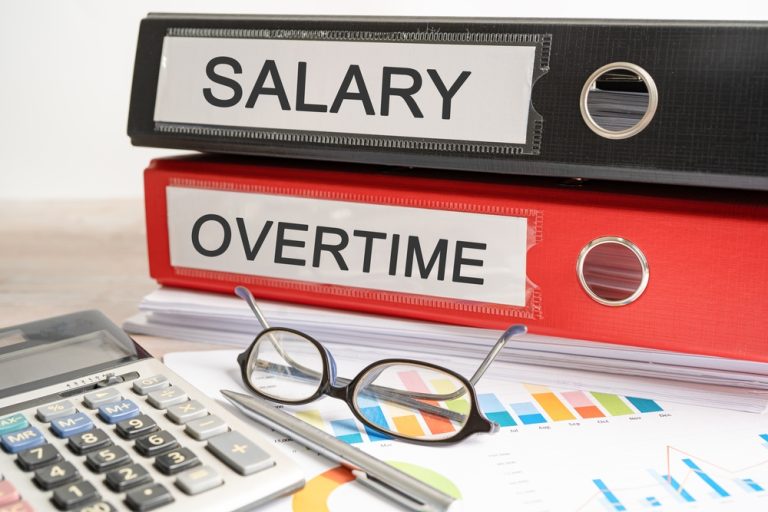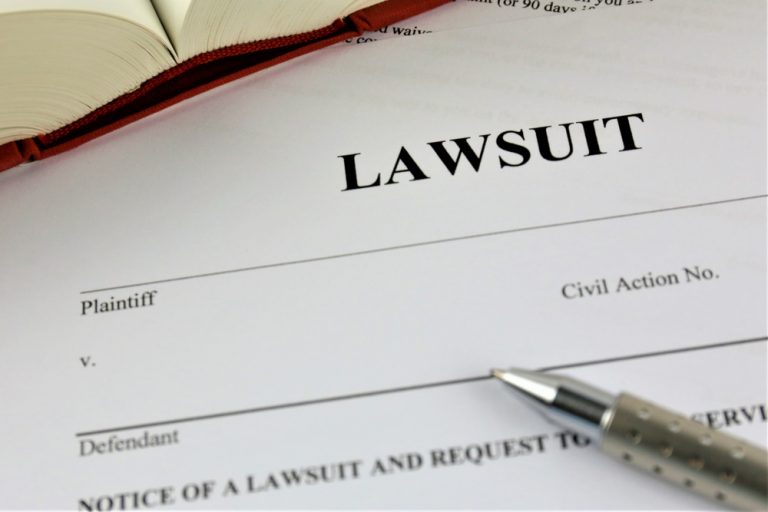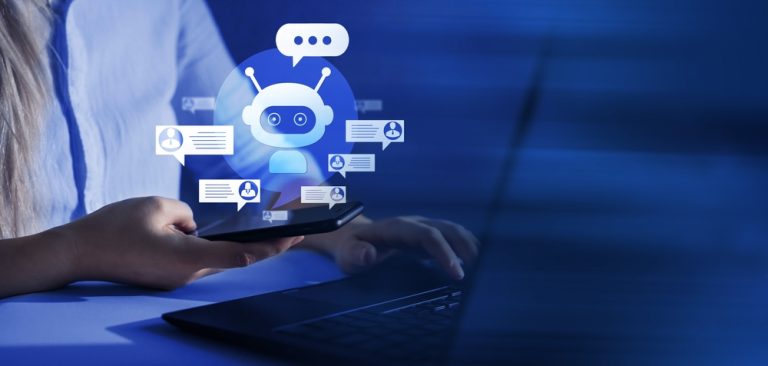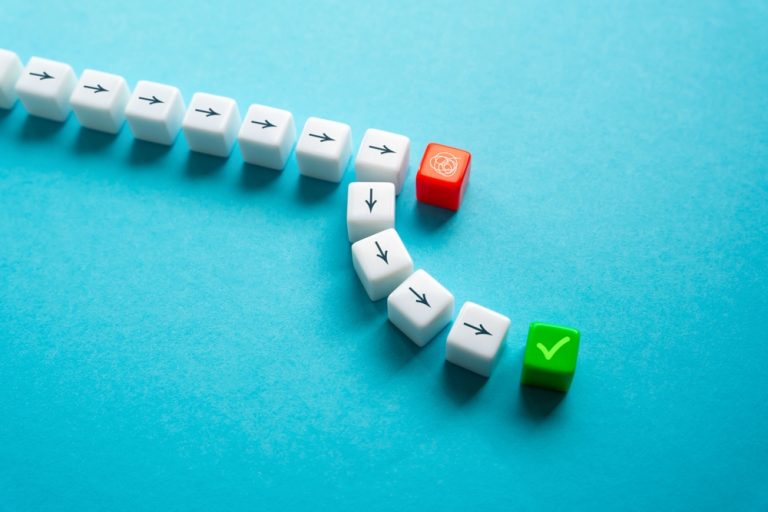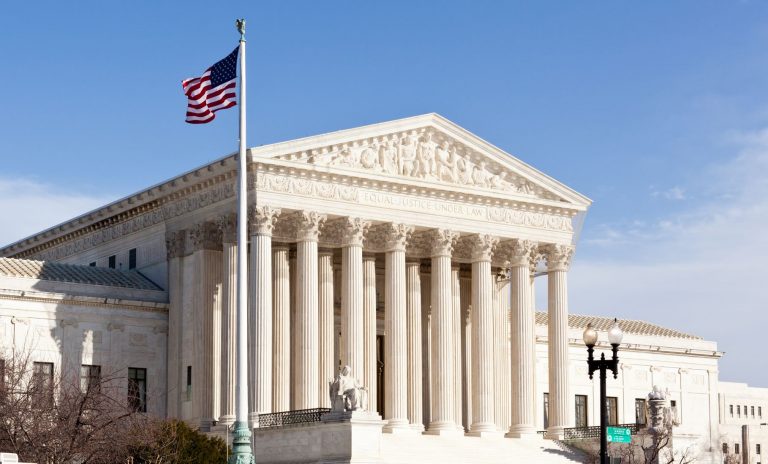Let’s Make A NIL Deal Part II: High School Student-Athletes Look to Get into the NIL Game
Let’s Make A NIL Deal Part II: High School Student-Athletes Look to Get into the NIL Game
Less than six months after the U.S. Supreme Court’s NCAA v Alston decision, which opened the opportunity for college student-athletes to be compensated from their name, image and likeness,[1] (NIL) high school students are now fighting for the same opportunity.
In January 2022, a class action lawsuit was filed in Miami-Dade County styled Sal Stewart v. Florida High School Athletic Association, Inc., Case No. 22-427 CA-01, which, in part, seeks declaratory relief and damages for Florida high school student-athletes.[2] The named Plaintiff, Sal Stewart, asserts that Florida high school athletes are exploited by the Florida High School Athletic Association (FHSAA) as to their prohibition against being compensated for the use of their NIL.[3] Namely, Stewart alleges the FHSAA’s bylaws are wholly disconnected from the interests of the “student athletes,” who are barred from receiving the benefits of competitive markets for their skills, talents, and services, which is inconsistent with principles of Florida antitrust law, and is unlawful and unconstitutional.[4]
The FHSAA, which is the governing organization for high school sports competition in Florida (consisting of over 800 member schools), is further accused of prohibiting high school athletes from entering NIL agreements because FHSAA’s “draconian” bylaws state that a student-athlete forfeits amateur status in a particular sport for one year by “[c]apitalizing on athletic fame by receiving money or gifts of a monetary nature.”[5] In its Motion for Class Certification on behalf of all Florida high school athletes who have been denied by the bylaw, Plaintiff further asserts that FHSAA Bylaw 9.9.2(c) expressly prohibits high school athletes from entering into endorsement agreements for a third party’s use of their NIL in exchange for monetary compensation even though the FHSAA generates significant revenue ($5.4 million for the 2020-21 high school years).[6] Further as it relates to the alleged unconstitutionality of the bylaws, Plaintiff maintains there are less restrictive arrangements that could meet FHSAA’s stated objectives.[7]
Status Across the Nation of High School Athletes and NIL Deals
As it currently stands, five states (California, Kansas, Nebraska, New Jersey, and New York) expressly allow high school student-athletes to benefit from their NIL, while a few other states need clarity and/or their respective governing bodies contain bylaws that do not plainly disallow NIL opportunities.[8] This is a far cry from the 28 states and counting that have addressed the NIL situation at the collegiate level, but the growing trend appears to indicate NIL compensation for high school athletes will be allowed nationwide. For example, in addition to the Florida litigation discussed above pushing for high school student-athletes to benefit from their NIL, Maryland recently introduced a bill which would authorize public high school athletes in the state to enter into NIL, provided certain conditions are met, including the co-signing of any agreement by a parent or guardian.[9]
For the time being, and with jurisdictions divided on the topic, some high school student-athletes have taken matters into their own hands and sought creative ways to effectively go where the money is if their state does not allow them to benefit off of their NIL. One of the most highly publicized examples involved standout quarterback, Quinn Ewers. In the summer of 2021, Ewers was preparing for his senior year at Southlake Carroll High School in Texas, a school that is part of the Texas University Interscholastic League, which contains applicable language in their constitution that prohibits high school student-athletes from monetizing on their NIL (Texas State Law also prohibits any prospective student-athlete from being compensated for their NIL prior to enrolling at a college or university).
On August 2, 2021, shortly after the Alston decision and following the rollout of the NCAA’s NIL policy, Ewers opted to forego his senior season in Texas and enrolled at Ohio State University.[10] Ewers reportedly signed a $1.4 million NIL deal during his freshman year, among other deals.[11] Ewers played just two snaps his freshman season for Ohio State, and in December 2021, Ewers entered the NCAA Transfer Portal and transferred closer to home to the University of Texas – a school he initially committed to, but then decommitted from in October 2020.[12] Due to the fact that NIL agreements are not contingent on enrollment, high school athletes could continue to re-classify and enroll early into college. Similar to Ewers case, they could also enroll, make significant NIL money, and then transfer to another school without having to return any of the earned funds because the deals are currently not contingent on enrollment.
Another example is high school basketball star Mikey Williams. Williams, who is 17-years old, lives in North Carolina but is not subject to the North Carolina High School Athletic Association (NCHSAA) rules that prohibit NIL for high school student-athletes because he plays for a private academy outside of the NCHSAA.[13] To that end, Williams attends Vertical Academy Basketball, which was founded in 2021 in North Carolina and coins itself “an elite club basketball program that serves as an athletic extension of Lake Norman Christian High School.”[14] Williams signed an NIL deal with renowned shoe company, Puma, that is estimated to be worth multi-millions.[15]
Next Steps and Considerations for High Schools, State Athletic Associations, and Parents/Guardians of Student-Athletes
Moving forward, high schools and states’ high school athletic associations, will need to be prepared to address student-athletes as individuals who will no longer be attached to an ‘amateurism’ label and can be compensated handsomely.
As of now, these are largely unchartered territories for the vast majority of high schools. In some cases, schools have dealt with high school student-athletes that are fast-tracked to the professional level. For instance, high school baseball players are eligible to declare for the Major League Baseball draft after they graduate high school,[16] basketball players were able to enter the National Basketball associate straight from high school until 2006,[17] and student-athletes often consider lucrative scholarship opportunities in their college decision-making process.
However, unless the schools are a perennial powerhouse and have frequently produced top tier student-athletes, high schools have not had ample reason to focus significant attention to this area. Even more, the NIL topics are novel and developing quickly, and would result in payment to minors who generally range around 14 to 18 years of age, which could result in its own exposure to contractual obligations and risks.
Below are a few general NIL considerations that the parties involved with high school student-athletes should consider moving forward:
- For High Schools:
- Create NIL policies similar to NCAA institutions that enumerate prohibited items 1) pay-for-play, and 2) improper inducements (or comply with the state association policies).
- Engage a lawyer to provide guidance on compliance not only with NIL laws but also other applicable laws, policies, and regulations.
- Hire Athletic Directors who have sufficient experience to deal with issues and/or create a department/board that can address all relevant developments. Ideally, the Athletic Director and/or department can act as a liaison and appropriately address NIL issues.
- School-appointed counselors and/or advisors should provide guidance to student-athletes regarding their institution’s NIL policies.
- Update Student Handbooks.
- Ensure coaches, teachers, parents/guardians, and school faculty are cognizant of potential restrictions and provide them with counsel to ensure that they do not engage in any improper activities that can expose them and the student-athlete to legal risk.
- Provide mandatory educational sessions and/or training for faculty, student-athletes, and parents/guardians.
- Be cognizant of any unauthorized use of Trademarks or Copyrights or violations of intellectual property laws.
- Consider implementing classes related to general business concepts that could assist student-athletes with understanding financial literacy, budgeting, and/or contract formation.
- Consider having disclosure requirements.
- Require parents/guardians’ involvement and consent if the student-athletes are minors.
- For Parents/Guardians
- Review and work closely with your student-athlete in all of their NIL deals.
- Engage a lawyer to ensure compliance with all applicable laws and that your student-athlete is getting a fair deal.
- Be certain that you and your student-athletes understand the deal and require that you are included in communications and negotiations. Meet with the NIL donors directly and be involved every step of the way. Create a plan of action with your student-athletes and advisors before entering NIL deals. Require that you will be the signatory on the agreement if your student-athlete is a minor.
- Ensure you and your student-athletes are familiar with and in compliance with the Student Handbooks, NIL policies, and applicable laws.
- Require your student-athletes to disclose any and all NIL deals to you and their school/institutions. Prohibit your student-athlete from entering any NIL deal unless you have reviewed and approved the deal.
- Set and manage expectations. There is a good chance the majority of high school student-athletes will be professional in something other than sports. Academics are important!
This article is the second in a two-part series. Read Let’s Make a NIL Deal Part 1: The Type of Deal Depends on the Athlete’s State Law or Institution
[1] Nat’l Collegiate Athletic Ass’n v. Alston, 141 S. Ct. 2141, 2144, 210 L. Ed. 2d 314 (2021).
[2] Sal Stewart v. Florida High School Athletic Association, Inc., Case No. 22-427 CA-01 (In the Circuit Court of the Eleventh Judicial Circuit, In and For Miami-Dade, Florida).
[3] Id at Complaint.
[4] Id.
[5] Id.
[6] Id at Motion for Class Action Certification.
[7] Id.
[8] Braly Keller, High School NIL: State-by-State Regulations for Name, Image and Likness Rights, Opendorse (updated, Feb. 1, 2022), https://opendorse.com/blog/comparing-state-nil-laws-proposed-legislation/.
[9] Gregg Clifton, Maryland Introduces Legislation Authorizing High School Student-Athletes to Profit from Name, Image, and Likeness Rights, JDSUPRA, (Feb. 24, 2022), https://www.jdsupra.com/legalnews/maryland-introduces-legislation-5545646/.
[10] Jake Rubinstein, Quinn Ewers and Mikey Williams: NIL Trailblazers, Conduct Detrimental, (Aug. 3, 2021), https://www.conductdetrimental.com/post/quinn-ewers-and-mikey-williams-nil-trailblazers.
[11] Blake Schusters, Ohio State’s Quinn Ewers Reportedly Signs 3-Year NIL Contract Worth $1.4M, Bleacher Report, (Aug. 31, 2021), https://bleacherreport.com/articles/10011433-ohio-states-quinn-ewers-reportedly-signs-multiyear-nil-contract-worth-14m.
[12] Joseph Hoyt, Former Southlake Carroll star QB Quinn Ewers transfers from Ohio State to Texas, The Dallas Morning News, (Dec. 12, 2021), https://www.dallasnews.com/sports/college-sports/2021/12/12/report-former-southlake-carroll-star-qb-quinn-ewers-transfers-from-ohio-state-to-texas/#:~:text=Ewers%20was%20originally%20in%20the,take%20advantage%20of%20NIL%20opportunities.&text=When%20Quinn%20Ewers%20%E2%80%94%20the%20top,recruiting%20losses%20in%20school%20history.
[13] Matt Reed, Get Paid Young Man | Quinn Ewers and Mikey Williams Test Ambiguous NIL Waters For HS Athletes, The Shadow League, (Aug. 3, 2021) https://theshadowleague.com/get-paid-young-man-quinn-ewers-and-mikey-williams-test-ambiguous-nil-waters-for-hs-athletes/.
[14] Lake Norman Christian High School is subject to the NCHSAA.
[15] Ben Pickman, High School Star Mikey Williams Signs Endorsement Deal With Puma, Sports Illustrated, (Oct. 28, 2021), https://www.si.com/nba/2021/10/28/mikey-williams-shoe-deal-puma.
[16] Rule 4 Draft Definition, https://www.mlb.com/glossary/transactions/rule-4-draft.
[17] Howard Beck, N.B.A. Draft Will Close Book on High School Stars, The New York Times, June 28, 2005), https://www.nytimes.com/2005/06/28/sports/basketball/nba-draft-will-close-book-on-high-school-stars.html.
